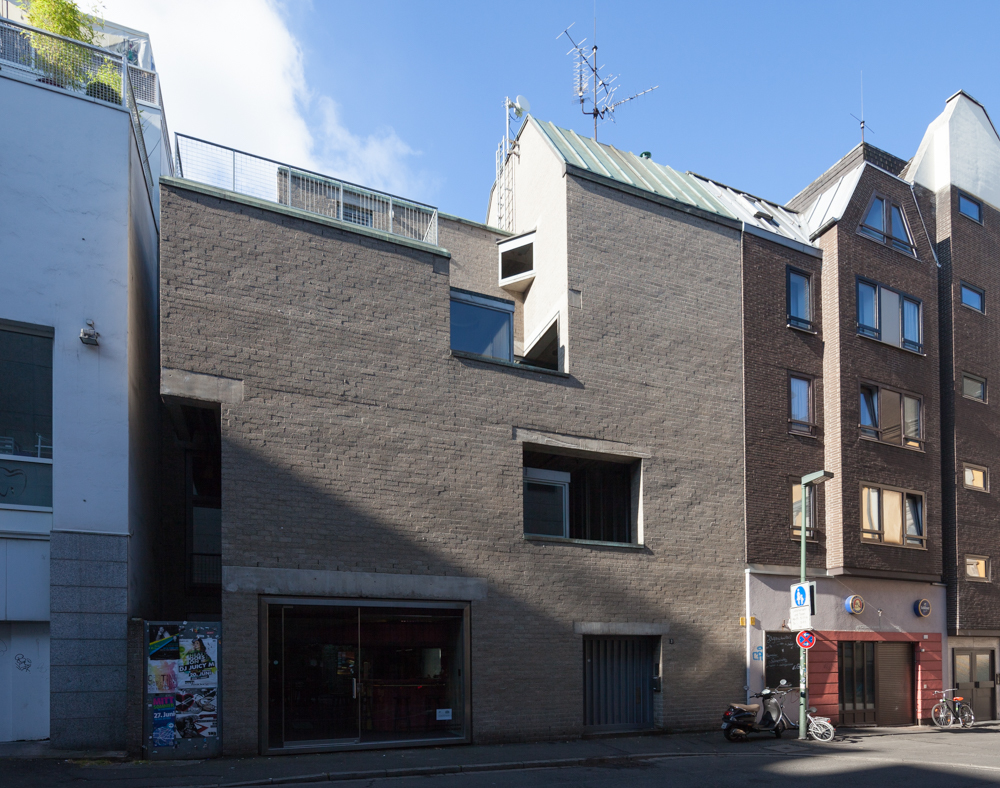
Van Eyck created an innovative exhibition space consisting of offset cubes of varying sizes for the gallery owner Alfred Schmela. The design is a conscious counterpoint to the dominant white cube paradigm. The walls are left unplastered outside as well …
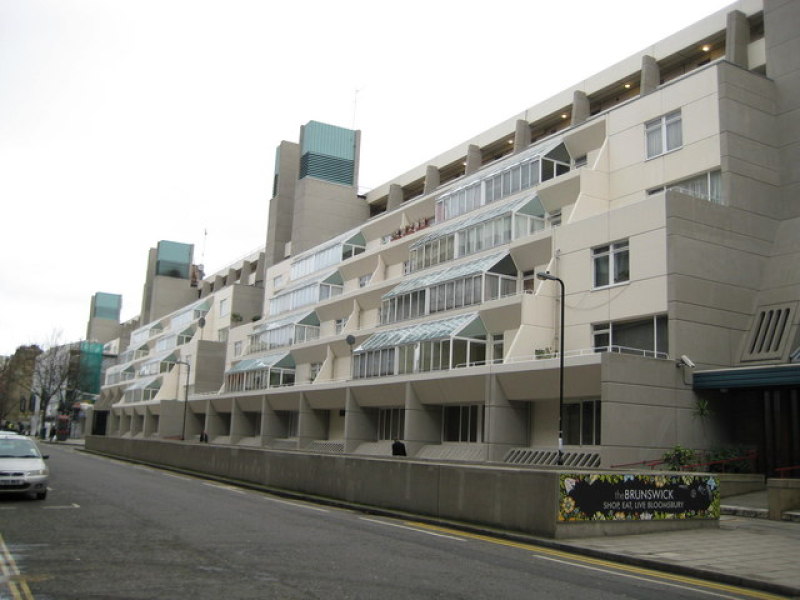
No description yet: Can you help?
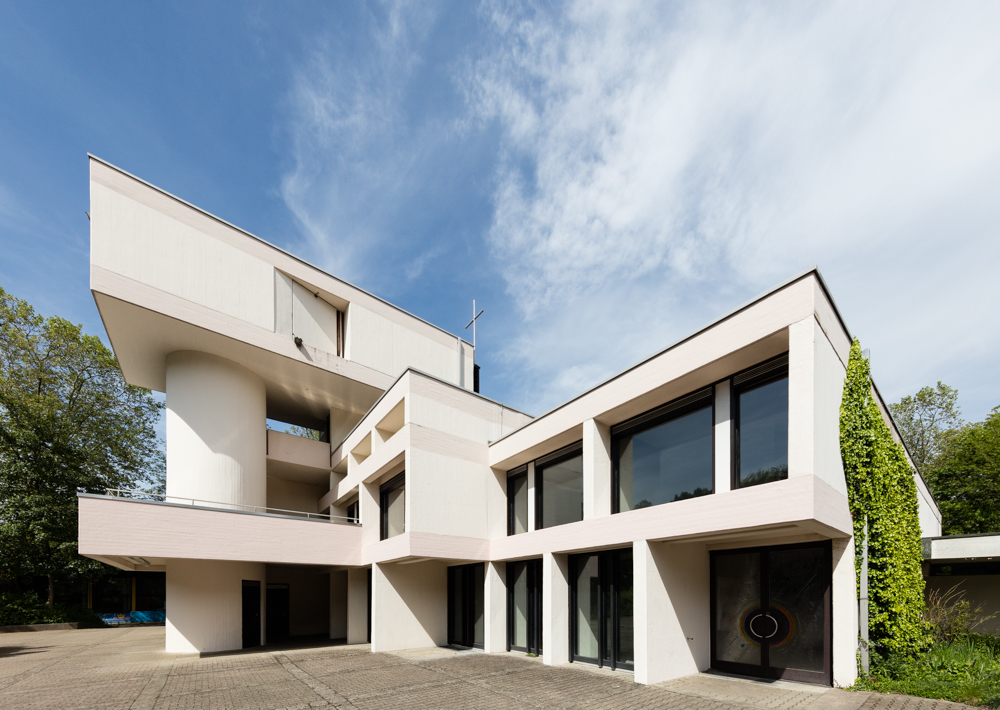
No description yet: Can you help?
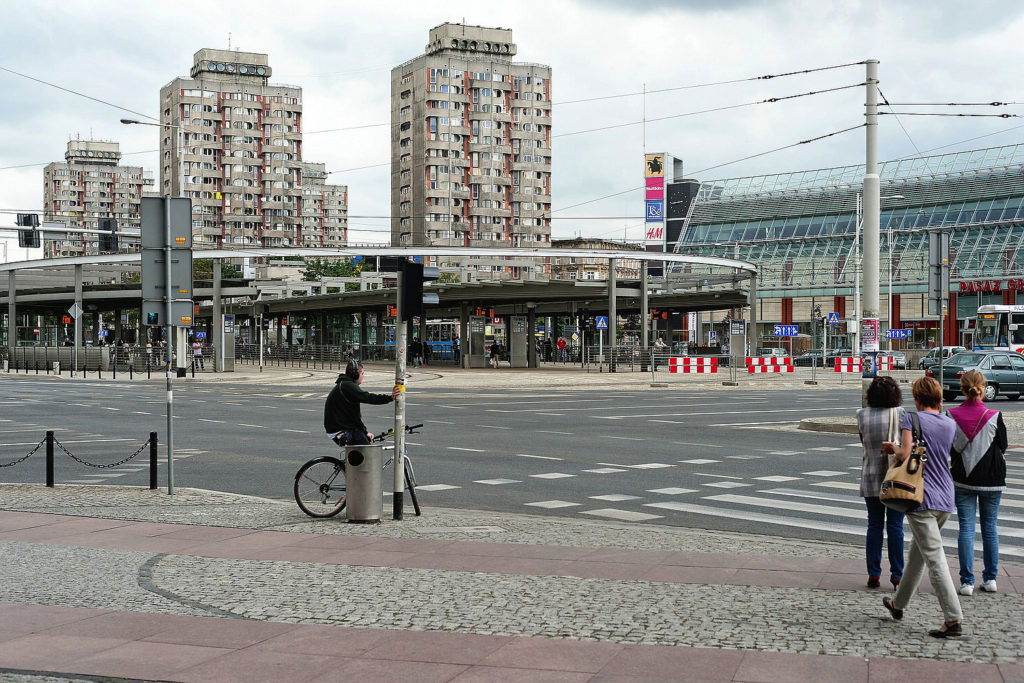
The project is said to be inspired by Le Corbusier. Construction was stopped by the government 1972, supposedly because of its avantgarde appearence. Today the complex is nicknamed “Manhattan” by locals.
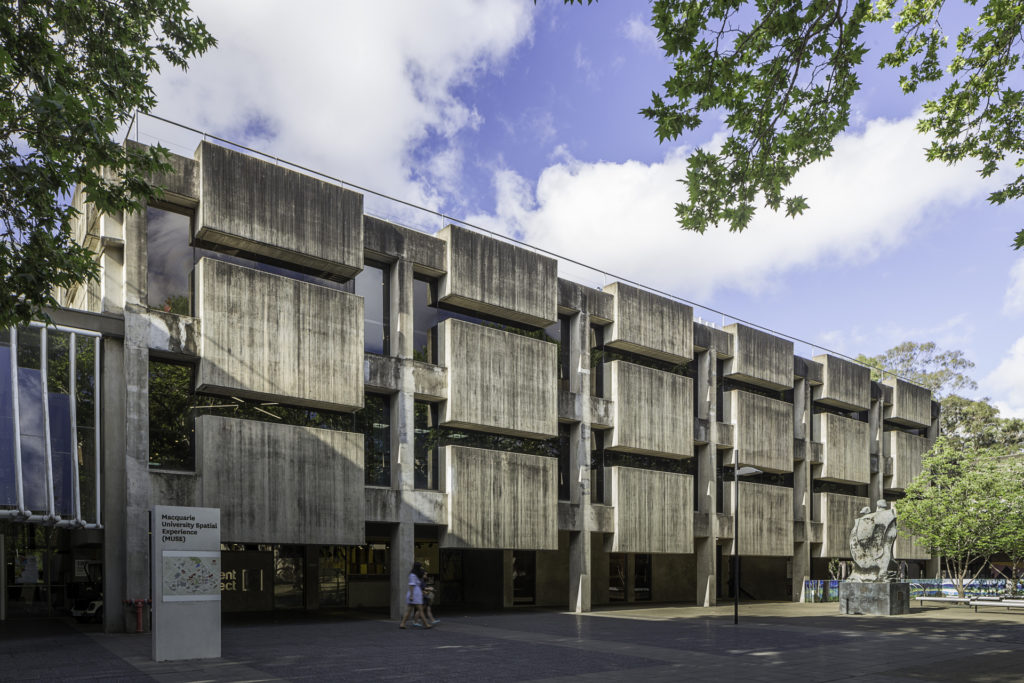
The university library is part of a Brutalist ensemble erected in line with the masterplan of architect Walter Abraham. The façade with its striking, repetitive block structure is reminiscent of the Istituto Marchiondi.
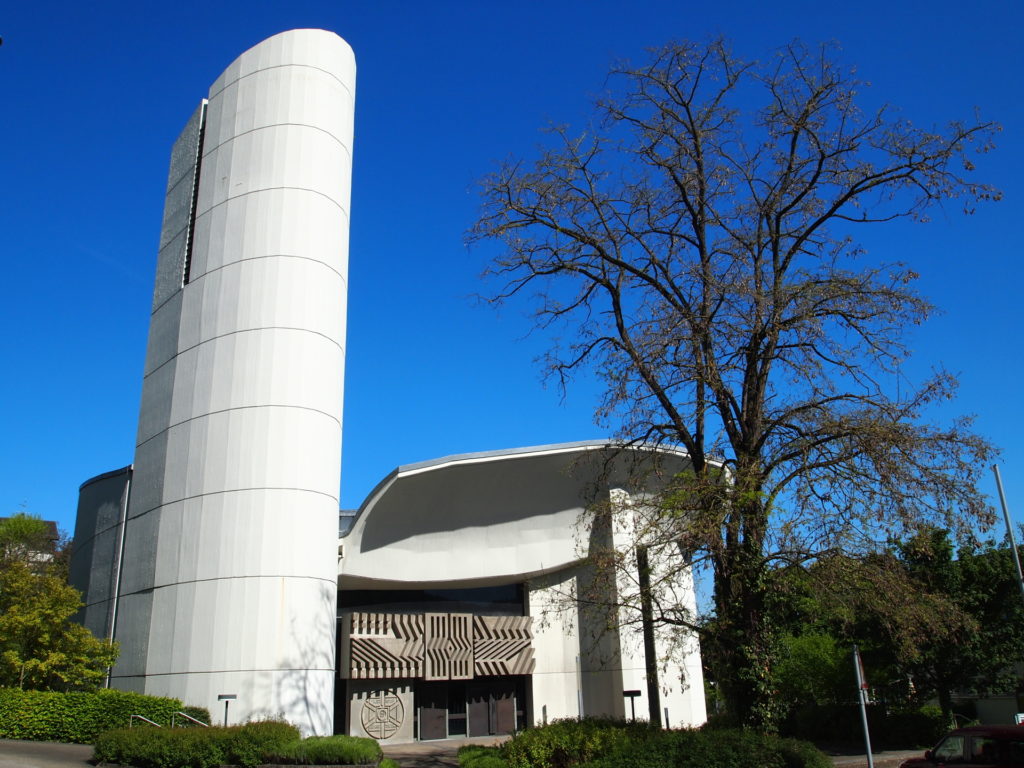
A playful combination of curves and straight lines characterize the Bruder Klaus Church. It was designed by the architect Karl Hans Neumann, who built over a dozen churches between the 1950s and 1980s. The horseshoe-shaped bell tower with its sloped top…
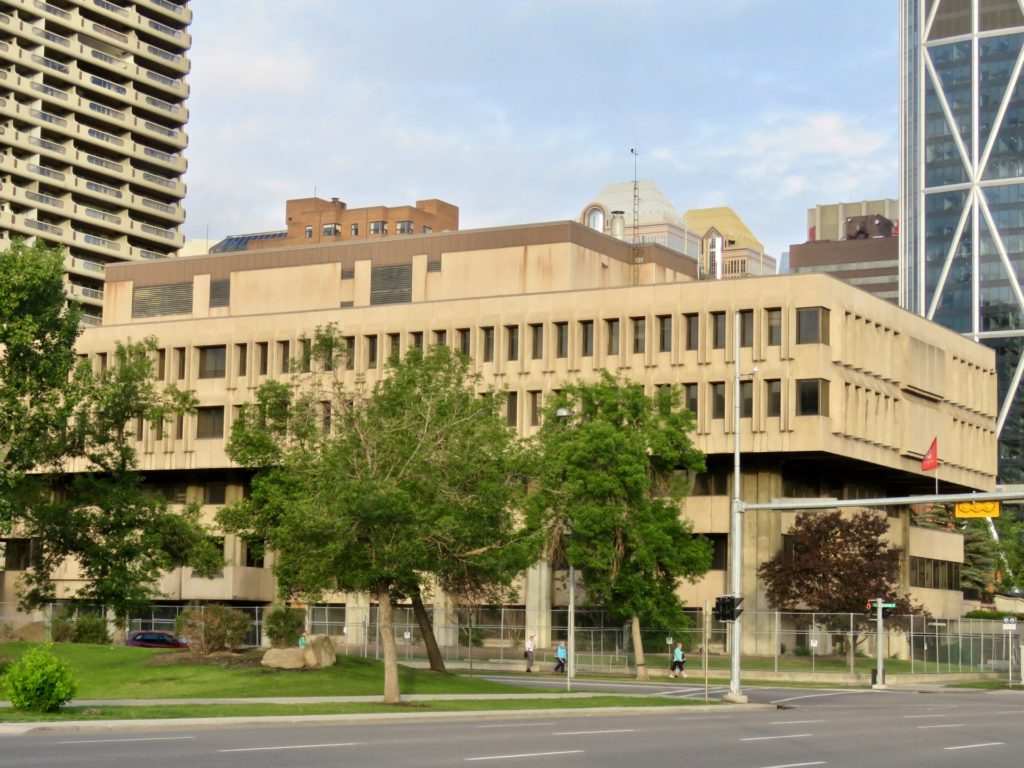
No description yet: Can you help?

No description yet: Can you help?
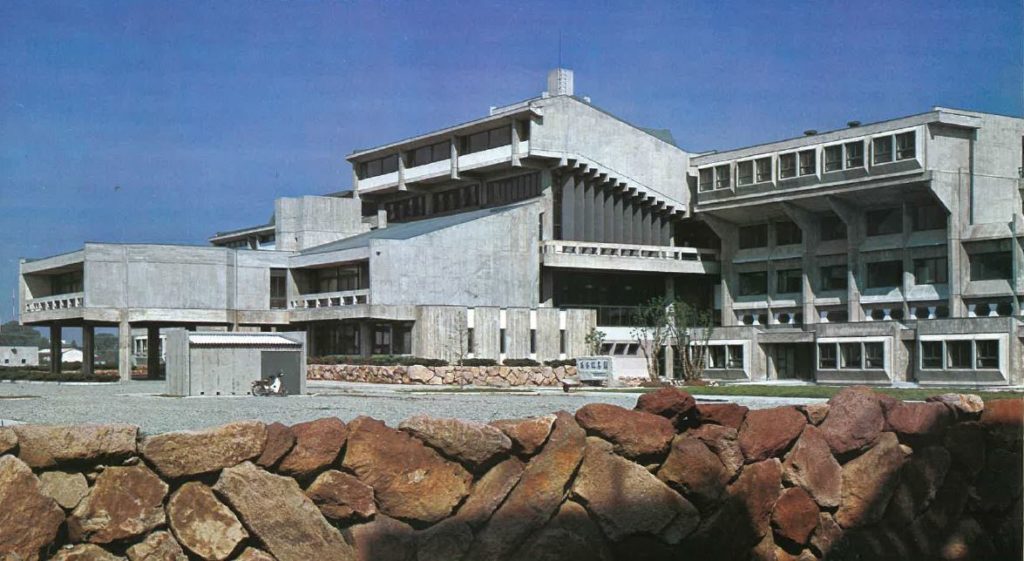
Phase 1: 1967–1969, In phase 2, completed in 1976, Otani introduced repetitive shallow concrete vaults as a major new design element, which would further dominate the designs of phase 3, completed in 1982. A fourth construction phase, led by Otani a…
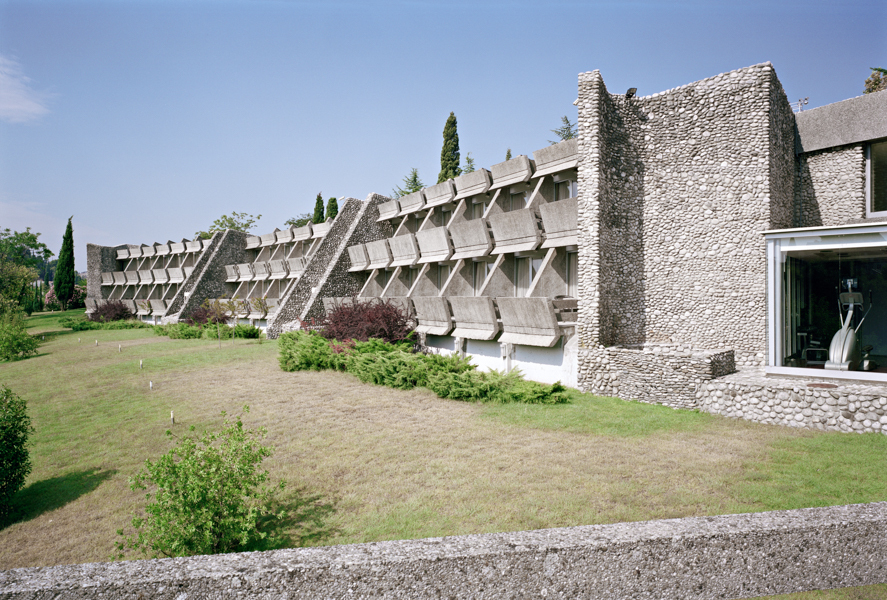
No description yet: Can you help?
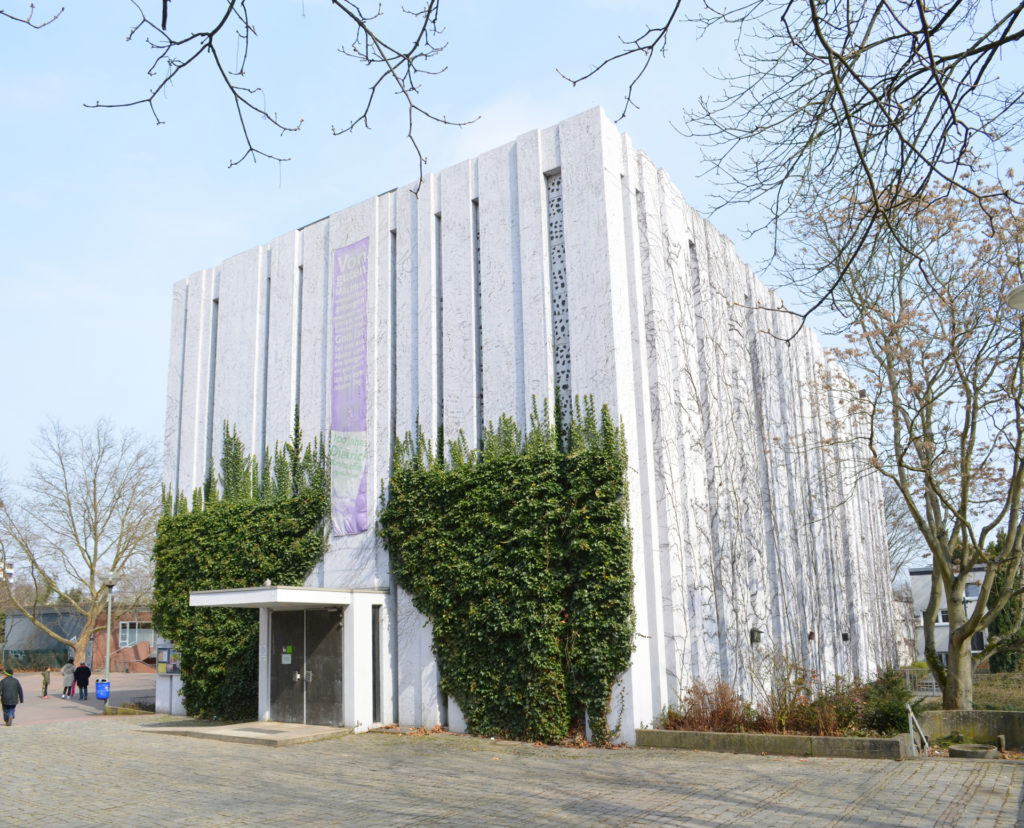
No description yet: Can you help?

No description yet: Can you help?
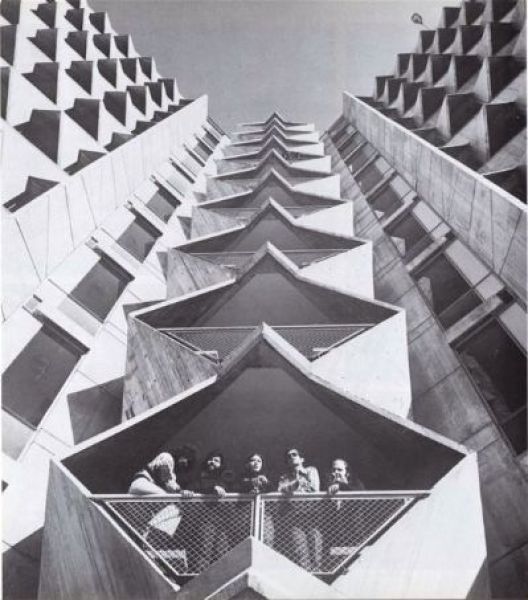
No description yet: Can you help?
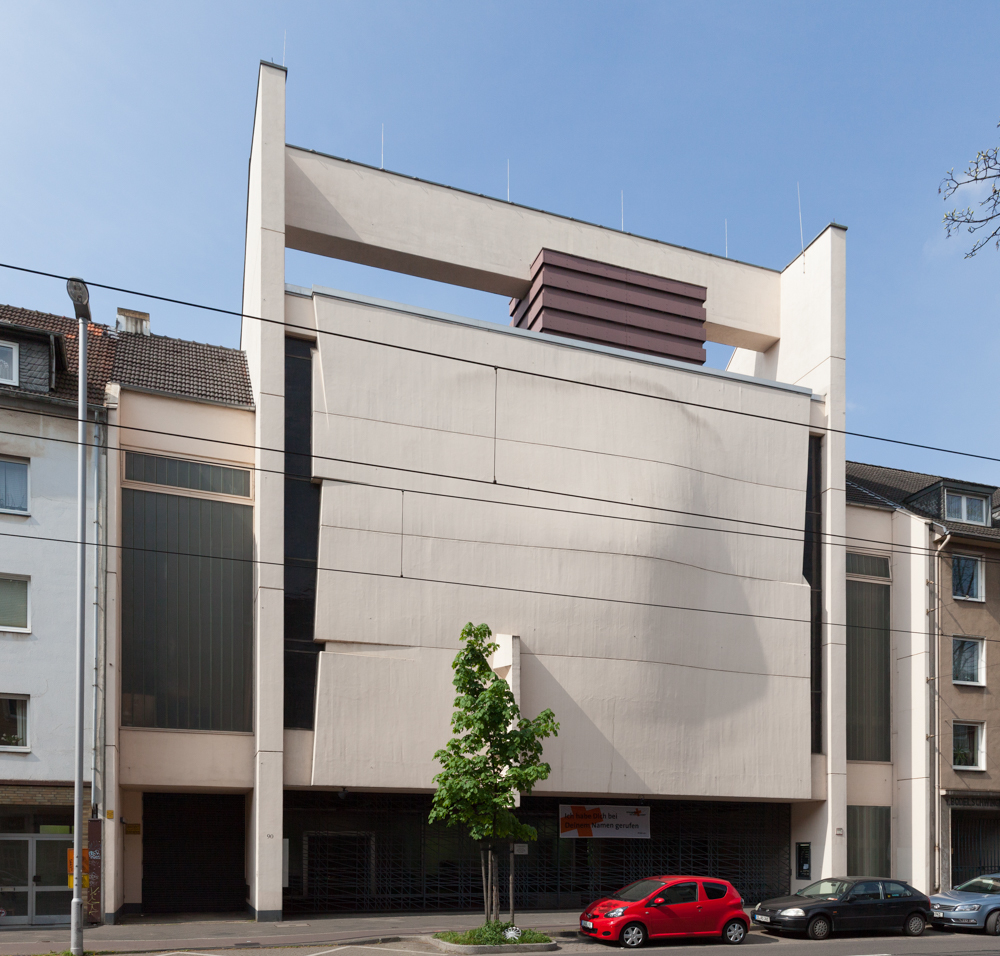
The street-facing façade is actually the back side of the building. The church is oriented towards the inner courtyard and the adjacent civic center. The wavy façade points to the building’s significance while sealing off the interior from the outs…
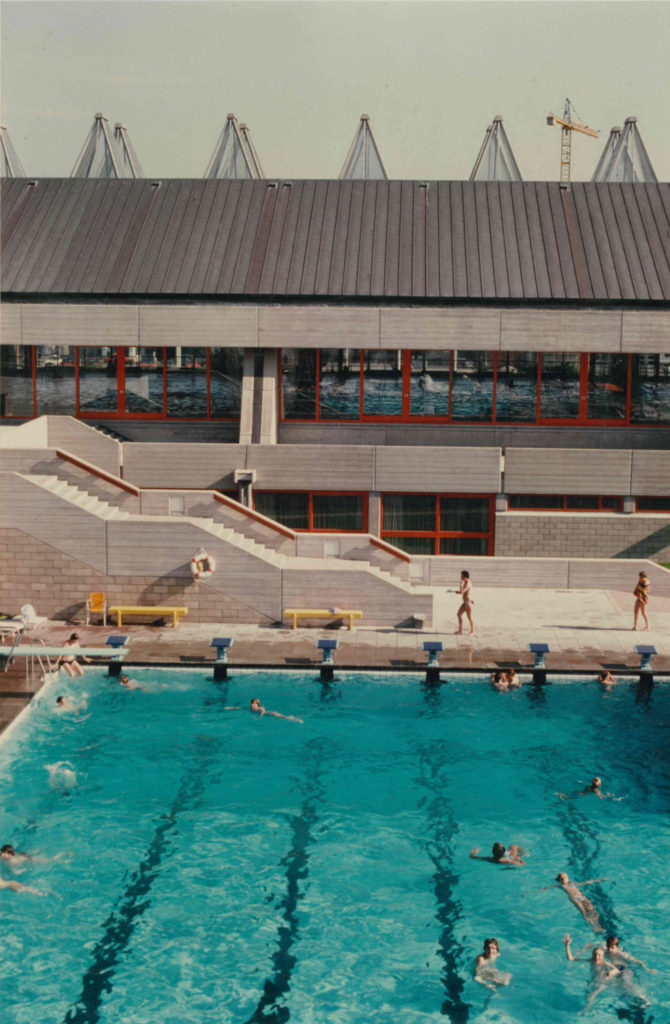
No description yet: Can you help?

No description yet: Can you help?
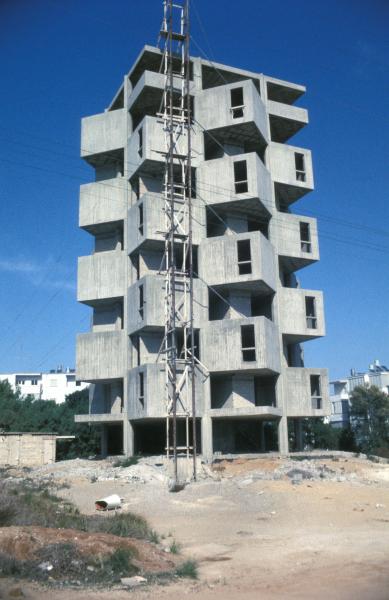
No description yet: Can you help?
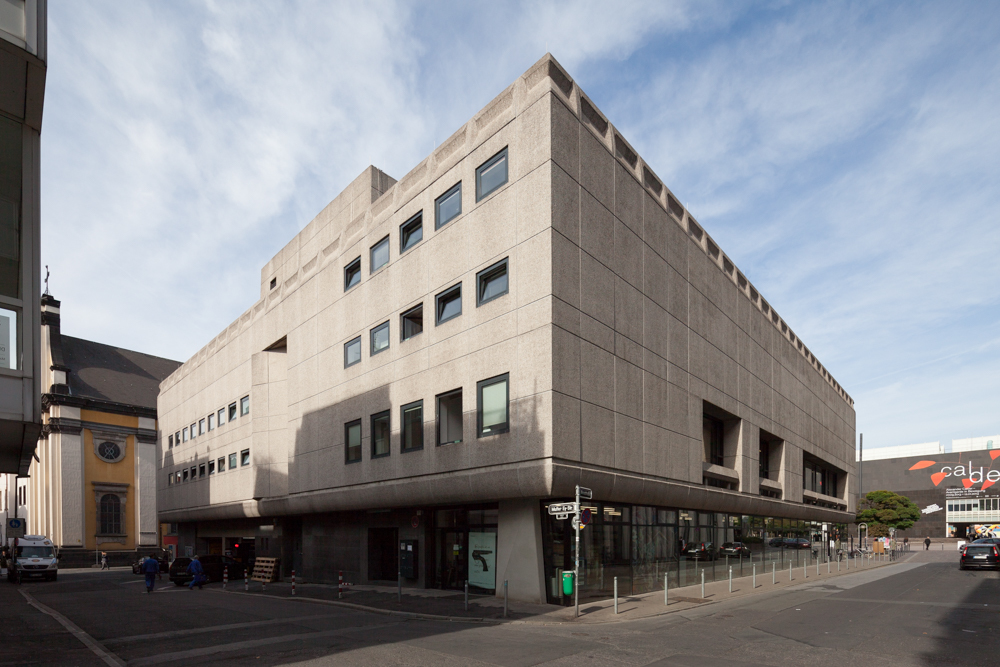
The art gallery, which was built at the same time as the neighboring Schmela Gallery is a great example of the Brutalist play with contrasting elements: The material’s roughness is being softened by the rounded edges while the “hovering” construct…
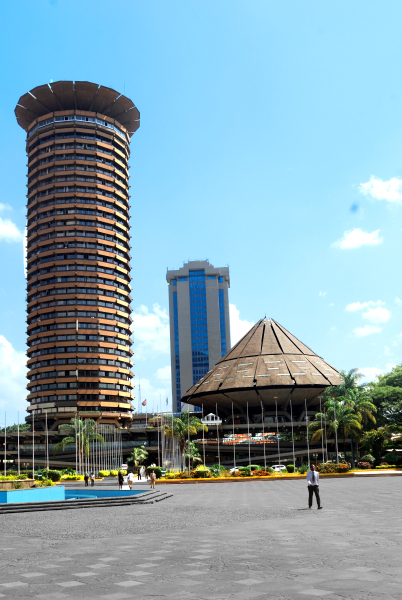
The Conference Centre is an example of early African post-colonial buildings conceived by Scandinavian architects with no colonial legacy. Originally intended as a party headquarters it was converted to a conference center during the planning phase. Amo…
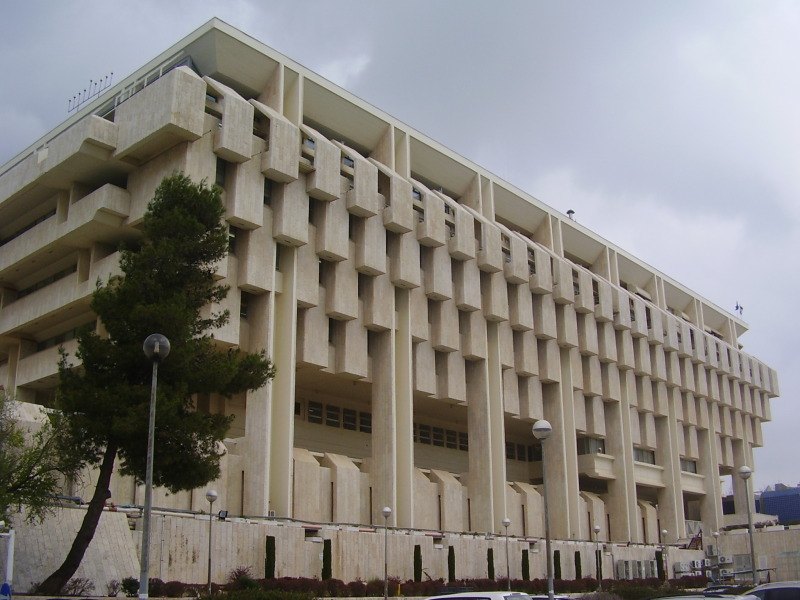
No description yet: Can you help?



















